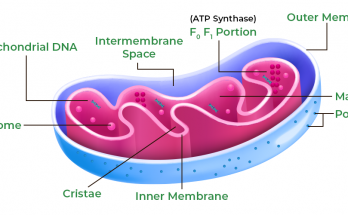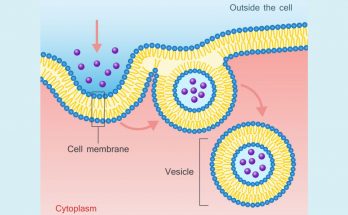FAQs on Endocytosis and Exocytosis
Question- What is the primary function of Endocytosis and Exocytosis? Answer- Endocytosis and Exocytosis are important processes for moving materials into and out of cells that are too large to …
FAQs on Endocytosis and Exocytosis Read More


